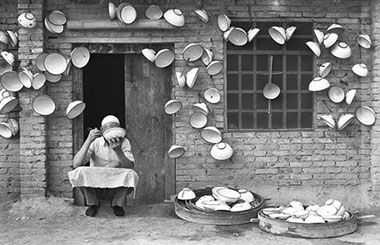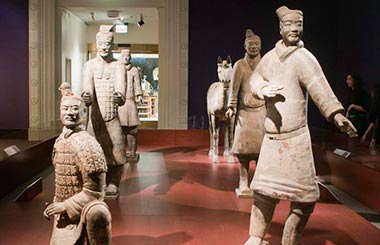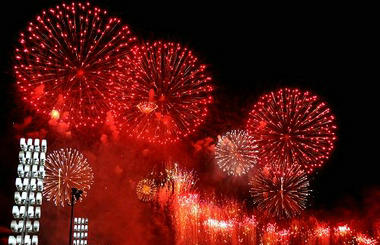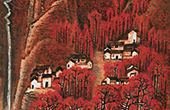Colorful art installations to light up Bogota
By Deng Zhangyu ( China Daily ) Updated: 2016-03-08 08:08:24
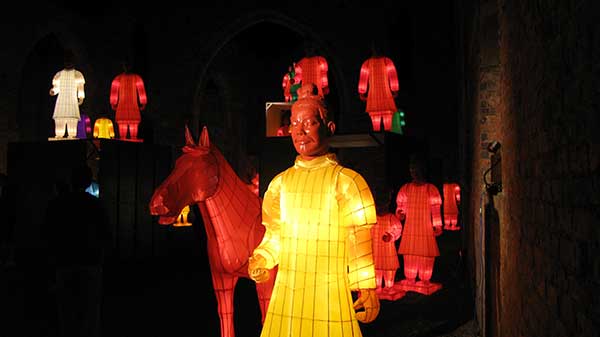 |
|
[Photo provided to China Daily] |
Every time they are to be shown overseas, the lanterns get new attire to withstand rain and snow.
The warrior-inspired pieces are made using traditional Beijing-style craft skills, says Xu.
Besides drawing inspiration from the warriors found in Emperor Qin's tomb, the new warriors are also portrayed as women and children, in a bid to make the installations look more like a family instead of an army, says Xu.
The lanterns attract lots of visitors when they're shown overseas. People take photos with them, children play around them and some even climb onto the horse-shaped lanterns, says Xia Nan, designer of the installations.
Xia says people in different countries see the installations differently.
"The British look at the lanterns as artworks, quietly watching from a distance.
The Australians stand close and want to interact with these warrior-shaped lanterns," says Xia, who has observed people's reactions to the installations in different countries.
The lantern show is just one of a series of exhibitions, performances and cultural events that China, Latin America and the Caribbean will hold this year as part of the year of culture exchanges between China and Latin America.
The exchanges involve about 30 nations in the area.
Later this year, events including contemporary Chinese art, porcelain art, architecture exhibitions and a presentation of intangible heritage of ethnic groups from China will be held in Latin American countries, including Argentina, Mexico, Cuba and Ecuador.
|
|
|
|
|
|
|
|
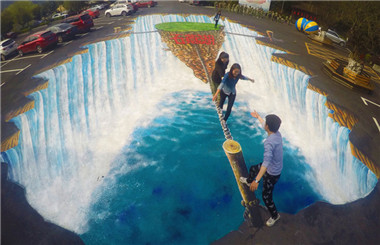

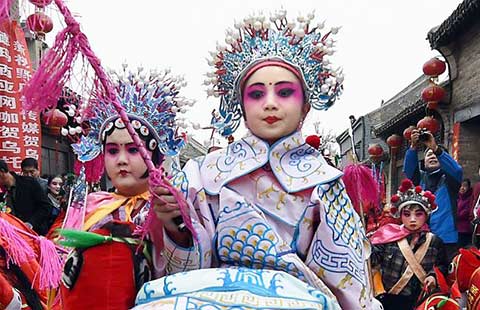
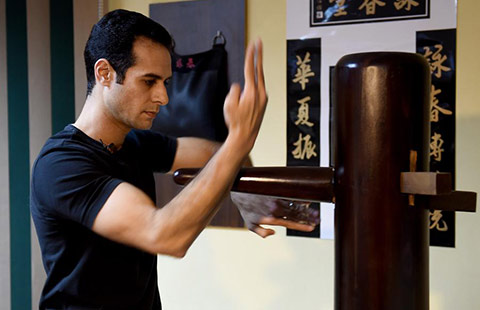
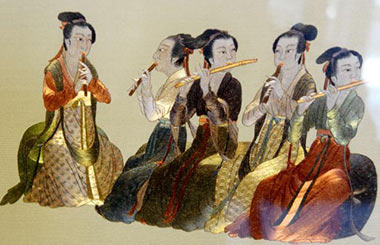

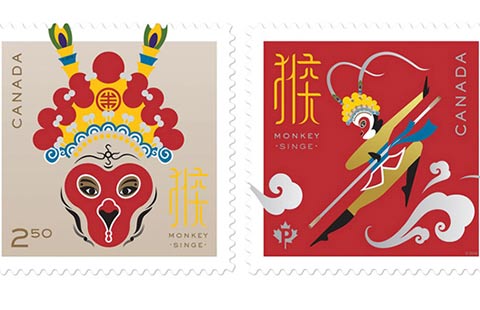





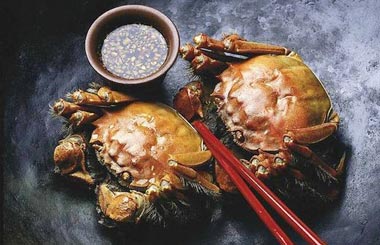
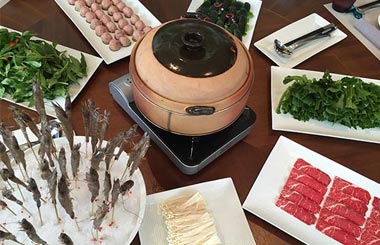



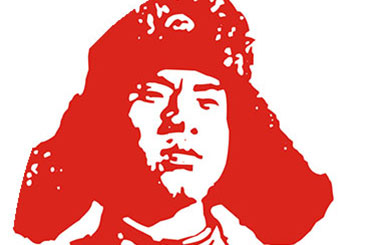
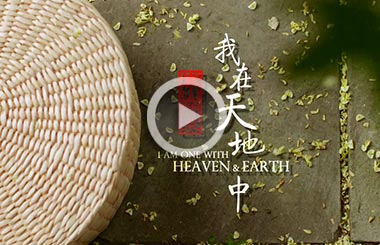

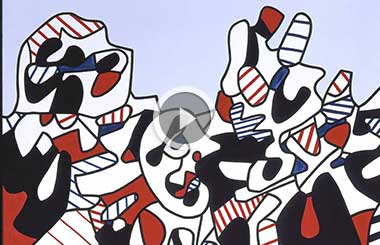
 Raymond Zhou:
Raymond Zhou: Pauline D Loh:
Pauline D Loh: Hot Pot
Hot Pot Eco China
Eco China China Dream
China Dream China Face
China Face
